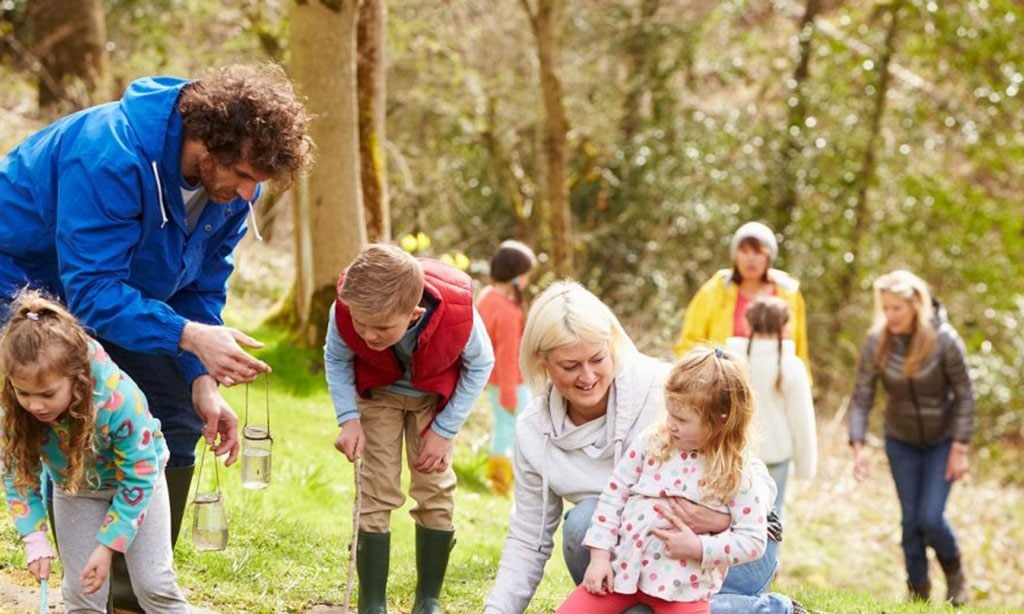In our last post, Homeschool Trends: Nature Journals for Homeschool Science, we gave you four great reasons to start nature journaling as part of your homeschool science, or summer science, routine. From appreciating nature to understanding the importance of conservation, there are so many reasons to start nature journaling. But as the weather gets colder and the days grow shorter, you may need a little more incentive to keep going. And some of you just want to know what’s in it for you beyond appreciating nature. In Nature Journals for Homeschool Science, Part II, we’re going to discuss the benefits of nature journaling for homeschoolers themselves, as well as for your homeschool science routine.
Four Ways Nature Journals Benefit Homeschooling
Teach concurrently with all ages in your family.
Whether your student is in preschool or high school, keeping a nature journal is perfect for any age. Sure, your preschooler might not be able to add the same amount of detail as a teen, but nature journaling develops fine motor abilities and jump-starts their critical thinking skills. If you have a teen in high school, coach them to research their findings either on the Internet or by checking out field guides from the local library. Allow your students to lead and show off what they experience and enjoy about nature. You’ll be so surprised at what details each of your kids picks out and how it can drive their desire to do more homeschool science in the future!
Facilitate cross-curricular connections.
Keeping a nature journal doesn’t have to stay in homeschool science curriculum. Nature journals connect to history, art, poems, and music. You can use the outdoors as a starting-off point, but these notebooks can branch out into other curricula. The Homeschool Scientist explains more about cross-curricular connections with nature journals here.
Add to your homeschool portfolio.
A nature journal makes a great addition to any homeschool portfolio. At the end of the school year, tuck it into the binder in the homeschool science section. Whether you’ve made it part of the curriculum or a stand-alone study, the hard work your child puts into the nature journal will show the evaluator what they’ve learned in the course of nature study. Not sure how to put together a homeschool portfolio? Read about how to put one together here.
Get your physical education hours.
We all have to log PE hours as part of our homeschool requirements. And for some of us, this can be a challenge. But it’s been proven that time in nature is healthy, not just for our physical well-being, but also for our emotional and spiritual health. Use nature journaling as a way to encourage physical activity because, well, hiking equals exercise! Log your hours and hike locations in your nature journal or in a separate notebook so you can add them to your homeschool portfolio or show your evaluator.
Nature journals can open a world of experience, observation, conservation, and pure joy for your family. And they can add much to your homeschooling portfolio, homeschool science curriculum, and routine. Grab your notebook, a camera, some pencils, charcoals, and paints, and get outdoors. You’ll be so thankful you added nature journaling to your homeschool science program — and so will they!
Have you created a nature journal? Tell us your secrets and best memories in a comment below!







